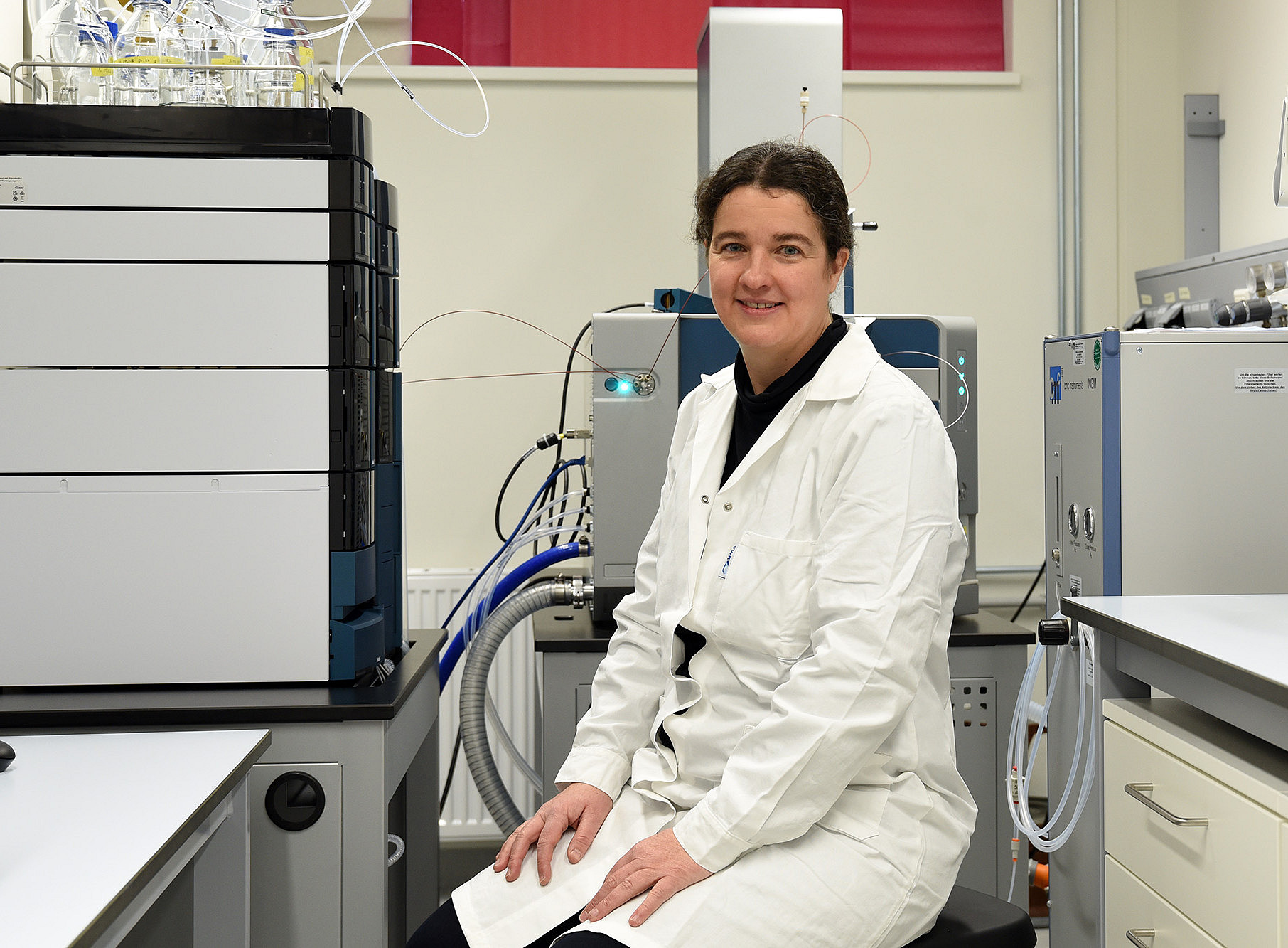When cells malfunction, they initiate a process of self-destruction to protect the organism from damage. However, when this mechanism becomes dysregulated, it can contribute to the development of diseases. This is particularly true for a recently discovered form of cell death known as ferroptosis, which is closely linked to degenerative liver diseases and associated with elevated iron levels. Solveigh Koeberle is researching protective compounds that can slow down cell degradation, potentially preventing or even reversing disease progression. For this work, she has awarded funding from the Austrian Science Fund's prestigious Elise Richter Programme.
Regenerative Radical Scavengers
Highly reactive oxygen molecules can damage cells. Antioxidants, such as vitamin E, can neutralize these radicals, but only to a certain extent. "Reactive oxygen molecules also play a signaling role," explains Koeberle. “If they are completely deactivated, cells respond by reducing their own antioxidant defenses, which in turn promotes ferroptosis.”
Koeberle and her team have already identified a promising natural compound that acts as an antioxidant without interfering with essential cellular processes. "It enters the cell at a specific site and is only activated by an enzyme," she explains. Unlike other substances, this compound does not disrupt metabolism and can be continuously regenerated by the enzyme. "This means that much lower doses are needed, which is a huge advantage," she adds.
Optimal Research Environment
At the University of Graz, Koeberle benefits from ideal research conditions. "Lipid metabolism is a major focus of pharmacognosy research here. We have state-of-the-art equipment to analyze tens of thousands of different lipids in detail," she says.
Liver disease is responsible for 3.5 per cent of deaths worldwide, and unhealthy lifestyles are often the underlying cause. Effective treatments remain scarce, making Koeberle's research into new therapeutic strategies all the more important. "Through various studies, we now have a solid understanding of how cells protect themselves. This knowledge is helping us to develop targeted therapies," she concludes.
